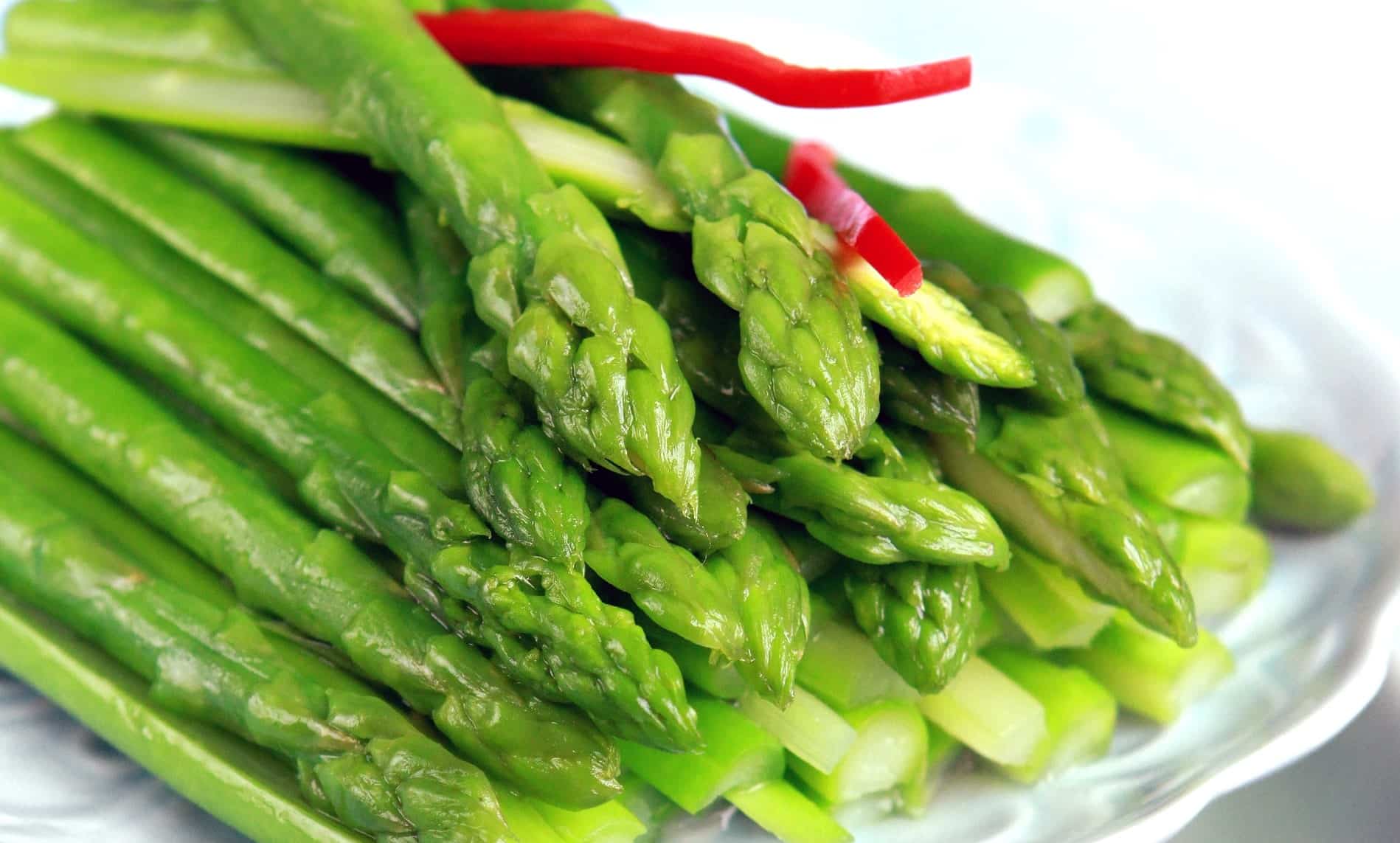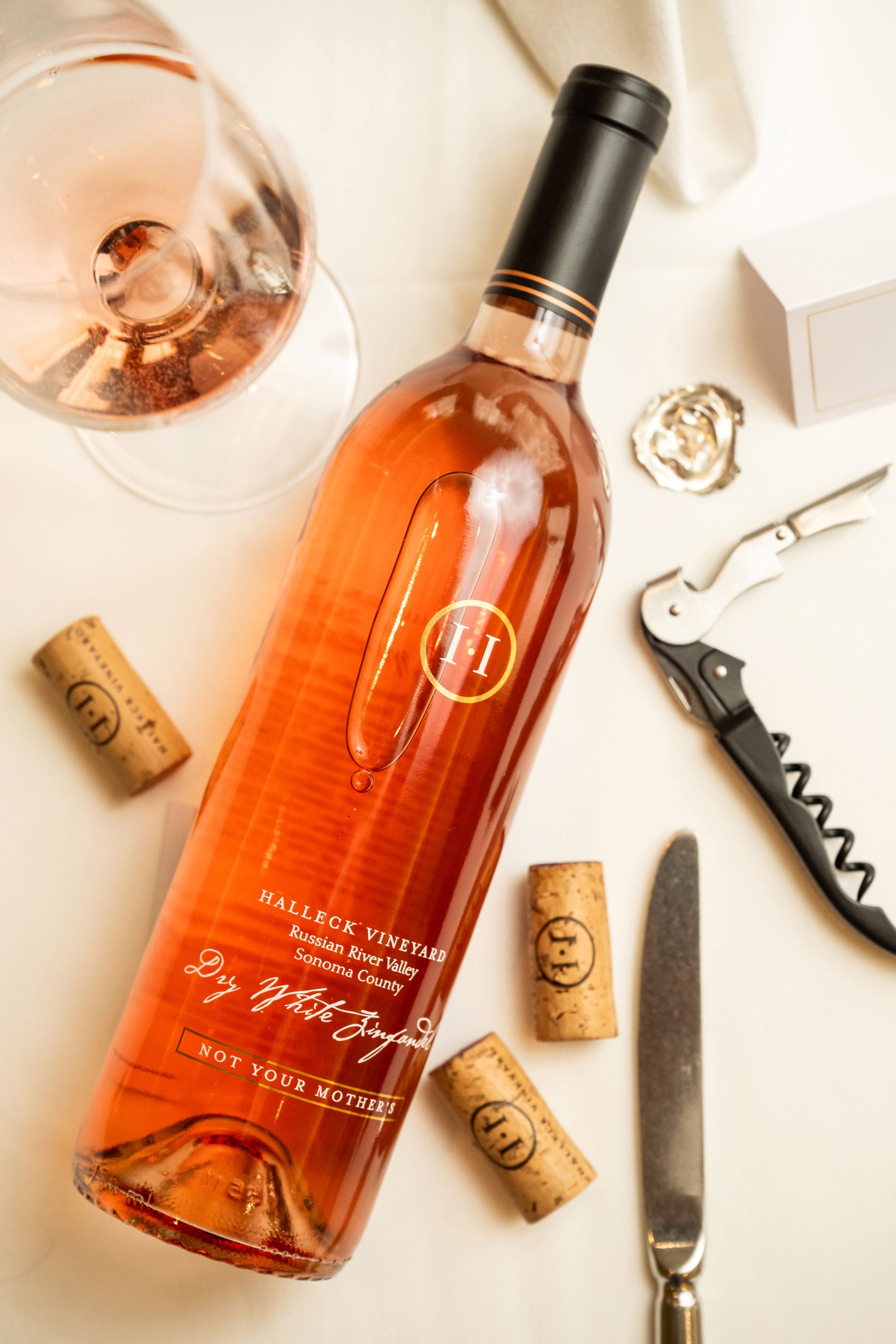Wineries With Locally Sourced Food Options - Best Vineyard Visits In Sonoma
Wineries With Locally Sourced Food Options - Best Vineyard Visits In Sonoma
Blog Article
Vineyard Tours With Guided Tastings In Sonoma - Sonoma Wine Tasting Tour
Wine tasting is an art that combines sensory experience with an appreciation for the nuances of different varietals. How to gauge flavors in winery wine tasting sessions is pivotal to grasping the complexities of wine.
Participating in a wine tasting entails greater than merely sipping and savoring. It requires a focused method to identify aromas and flavors that every wine presents. As you start, observe the wine's appearance, noting its shade and readability. These visible cues usually recommend a wine’s age, grape selection, and even potential flavor profiles.
The next step in the tasting process is to swirl the wine in your glass. This action releases fragrant compounds that are very important for analysis. Lean in and take a moment to inhale deeply; the aromas can range from floral and fruity to spicy and earthy. The nose of the wine is simply as necessary as the palate, and recognizing scents plays a big role in understanding the overall experience.
When taking your first sip, allow the wine to maneuver throughout your palate - Artisan Wineries In Russian River Valley. Discover the preliminary flavors that present themselves. Is the wine fruity, floral, or perhaps herbaceous? This preliminary style offers perception into what the wine is more doubtless to categorical as you continue to gauge it. The mouthfeel additionally contributes to the overall flavor experience; it may be silky, tannic, or even effervescent.
Wineries With Outdoor Seating - Sonoma Vineyards For A Perfect Day Out
As you continue tasting, take note of the wine’s balance. A well-balanced wine will harmonize acidity, sweetness, and tannins. If one element overwhelms the others, it would point out a much less fascinating quality. Evaluating stability may help you identify how properly the wine may pair with food.
Transitioning to the end, think about how the flavors evolve because the wine lingers on your palate. A long, pleasant end can point out a high-quality wine, whereas a brief or abrupt end would possibly recommend in any other case. Replicate on whether the flavors stay consistent or if new notes emerge as the wine settles. This progression can reveal complexities and intricacies that may not have been apparent in the preliminary tasting.
Temperature can also be a crucial consider evaluating wine flavors. Completely Different types of wine are optimally loved at specific temperatures. White wines usually shine when chilled, while red wines typically carry out best at room temperature. When tasting, make sure the wine is on the applicable temperature to fully recognize its character.
Spectacular Vineyard Views In Sonoma - Sebastopol's Best Wine Trails
Pairing food with wine can tremendously improve the tasting experience. Meals can affect the perception of flavors in wine, either highlighting sure characteristics or diminishing them. When evaluating flavors, consider how the wine interacts with different foods, noticing which flavors are amplified or muted (Affordable Wine Tastings In Sonoma County).

Contemplate the influence of terroir as you have interaction in a winery tasting. Terroir encompasses the unique environmental factors that affect grape growing, together with soil composition, climate, and geography. Understanding a wine's terroir can present perception into its flavors and aromas, fostering a deeper appreciation for the choices made throughout its cultivation and production.
Training plays a basic role in enhancing one's capacity to evaluate wine flavors. Studying about grape varieties, wine regions, and production strategies can pave the best way for more informed judgments throughout tastings. Additionally, attending workshops or classes can refine sensory skills and increase your flavor vocabulary, enabling you to articulate this tasting notes extra effectively.
Finally, it's essential to do not forget that evaluating wine flavors is a highly personal experience. Individual preferences and perceptions will invariably shape one’s tasting journey. Enjoyment must be on the forefront, with the analysis course of performing as a software to boost understanding and appreciation somewhat than create inflexible pointers.
Wineries Near Sonoma Square - Best Wine Tasting Spots In Sonoma County
In conclusion, mastering tips on how to evaluate flavors in winery wine tasting periods entails a mix of sensory engagement, knowledge, and practice. By learning to determine aromas, assess the stability, and recognize the intricacies of flavor, wine enthusiasts can deepen their connection to each bottle they encounter. As with any art form, the more one immerses themselves in the experience, the more they'll uncover and benefit from the huge world of wine.
- Begin by observing the wine's color and clarity, as these visual elements can trace at its flavor profile and getting older potential.
- Swirl the wine gently in your glass; this releases fragrant compounds, permitting you to higher establish the advanced scents associated with the wine.
- Take a deep inhale before tasting, focusing on both primary and secondary aromas to gather insights on fruits, spices, and other nuances.
- When tasting, allow the wine to coat your palate; note the preliminary flavors, the mid-palate complexity, and the end as these phases can present completely different flavor highlights.
- Pay consideration to texture and mouthfeel, as features corresponding to tannin ranges, acidity, and sweetness contribute considerably to the general tasting experience.
- Examine flavors towards normal wine characteristics; for purple wines, consider berry notes, oak influence, and natural tones, whereas whites could embody citrus, stone fruits, and floral hints.
- Take notes in the course of the tasting session to trace your impressions, helping you to remember and evaluate the different wines sampled.
- Discuss your findings with fellow tasters or winery workers, as sharing insights can improve understanding and appreciation of individual flavors.
- Allow time for the wine to breathe; sometimes, flavors evolve and reveal new dimensions after being uncovered to air.
- Experiment with food pairings in the course of the tasting as they'll dramatically alter how flavors are perceived, influencing overall enjoyment.undefinedWhat ought to I look for when evaluating the aroma of wine during a tasting?
Begin by swirling the wine in your glass to launch its aromas. Convey the glass to your nose and take a deep breath. Pay attention to the first scents you detect, as these are sometimes probably the most outstanding. Look for fruit, floral, herbal, or earthy notes and attempt to determine specific traits, which can deepen your understanding of the wine's complexity.
Wine Tasting Tours In Russian River Valley - Sonoma Wine Region Vineyards

How can I distinguish between different flavor profiles in wine?
Perceive that flavor profiles are often categorized as fruit, floral, herbaceous, spicy, or mineral. Take small sips and permit the wine to coat your palate. Discover the primary flavors that emerge first and the delicate notes that follow. This layering is crucial in distinguishing the wine's traits and will assist you to appreciate its distinctive profile.
Wineries In The Heart Of Sonoma County Wine Region - Best Winery Located In Sonoma
What is the significance of the wine's texture in a tasting?

The texture of the wine, also called mouthfeel, plays an important role in how we perceive flavors. Pay consideration to whether the wine feels this website clean, creamy, or gritty. The physique of the wine (light, medium, or full) can enhance or distinction with flavors, offering a more rounded experience throughout tasting.
How do I assess the balance of flavors in wine?
Stability in wine refers again to the harmony between acidity, sweetness, tannin, and alcohol. Take a moment to evaluate whether these elements complement or intrude with each other. A well-balanced wine will have none of its elements overpowering the others, creating a pleasant tasting experience.
Wineries With Live Music Events Occasionally - Sonoma Wine Culture
What function does temperature play in evaluating wine flavors?
Temperature can significantly impression the perception of flavors. Typically, red wines are finest served slightly under room temperature, while white wines get pleasure from being chilled. As the temperature changes, the aromas and flavors can shift, permitting you to perceive totally different traits. It’s essential to style wine at its optimum temperature for true evaluation.
Wineries That Offer Barrel Tastings - Sebastopol Vineyard Visits
How can I improve my tasting skills over time?
Practice is essential to improving your tasting skills. Wineries Featuring Vineyard Tours. Attend tastings, hold a journal of your experiences, and discover several types of wines to broaden your palate. Moreover, learning about wine manufacturing and grape varieties can present context that enhances your evaluation process, making you a extra knowledgeable taster.
Is there a specific order by which I ought to taste the wines?
Best Wineries For Sunset Views In Sebastopol - Local Wineries In Sebastopol
Yes, it’s advisable to taste wines from light to full-bodied and dry to sweet. This development prevents the stronger flavors from overshadowing the extra delicate ones, allowing you to completely recognize every wine's characteristics and nuances without palate fatigue.
How can I evaluate the aftertaste of wine?
Wineries With Educational Tours In Sonoma - Greatest Wine Tasting Locations In Sonoma
The aftertaste, or finish, is an important aspect of the wine-tasting experience. After swallowing, take note of how lengthy the flavors linger in your palate and whether or not they change. A lengthy, nice finish is often an indicator of a high-quality wine, while a brief or disagreeable end might suggest otherwise.
Why is it important to notice the wine’s acidity throughout tasting?
Acidity contributes to the overall freshness and structure of the wine. Pay attention to the tingling sensation in your tongue; greater acidity can enhance the wine's liveliness and balance out sweetness. Noting acidity helps determine the wine's versatility with food and its getting older potential.
What should I do if I wrestle to identify specific flavors in wine?
Wineries With Educational Tours In Sonoma - Sonoma Wineries With Vineyard Views
Struggling to determine flavors is frequent, particularly for newbies. Focus on broader categories and describe what you presumably can acknowledge, such as candy or earthy notes. With practice, studying about different flavor profiles, and maybe utilizing flavor wheels, you may refine your senses and develop a extra nuanced method to tasting. Report this page